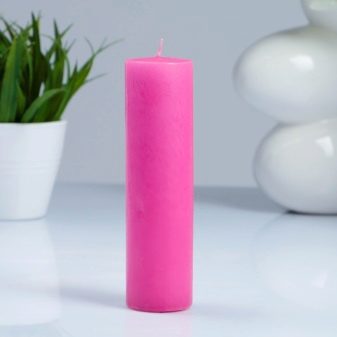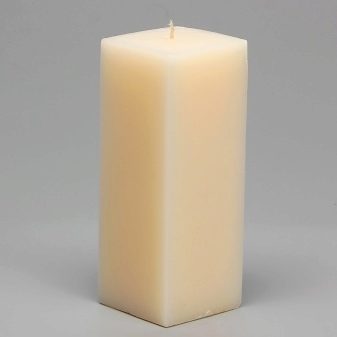All About Candle Wax
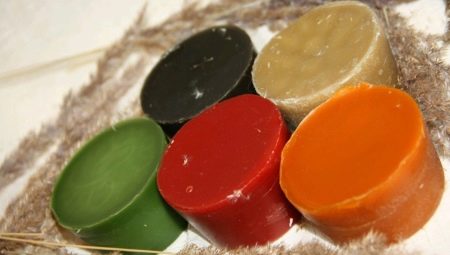
There are coconut and beeswax, natural palm wax, bulk wax and other types of wax for making candles. You need to figure out which one is better to choose, what to look for.
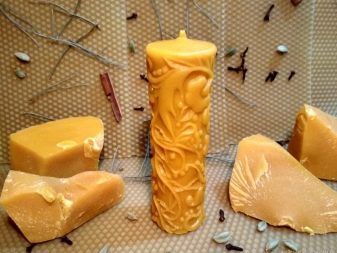

Types of natural wax
Bee
The widespread use of paraffin candles could not completely replace their wax counterpart. But this is why it is critical to understand which specific type is best suited. Beeswax for candles is produced in special wax glands of honey bees. It is initially a solid. Its color can vary from white to brownish yellow.
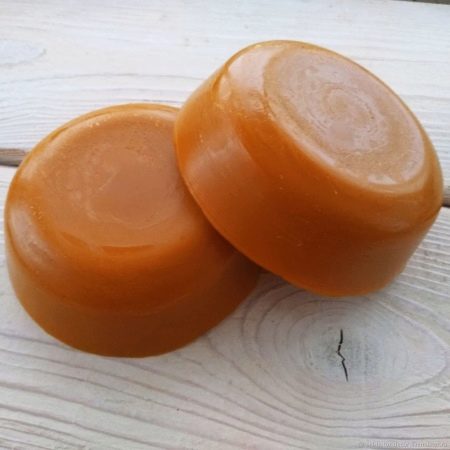
If beeswax is heated to 35 degrees, it becomes plastic. Melting takes place at temperatures from 62 to 68 degrees. The exact value depends on the chemical composition (various impurities and foreign components). Ignition temperature - 300 degrees.
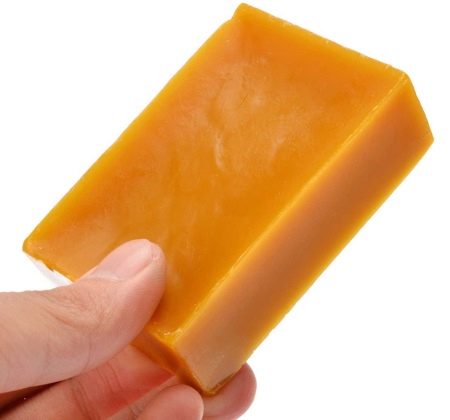
Beeswax:
- does not dissolve in water;
- contains polyhydric alcohols (except for glycerin);
- it is produced by reheating in the sun, steam, in a water bath or by extraction with special reagents (including gasoline).
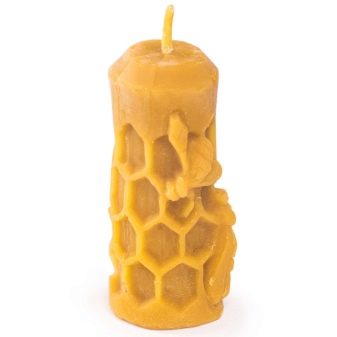
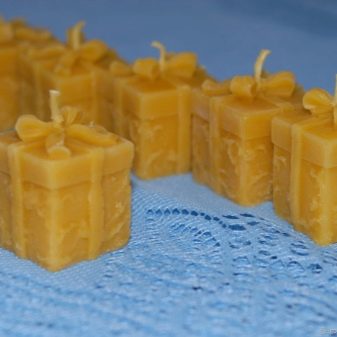
It is worth noting that beeswax is regularly counterfeited. This product has a white coating on the surface. It is not difficult to remove this plaque with a soft cloth or even just by hand. Also, if you do not warm the wax candle in your hands, it will not bend. These two circumstances make it possible to reliably identify counterfeits.
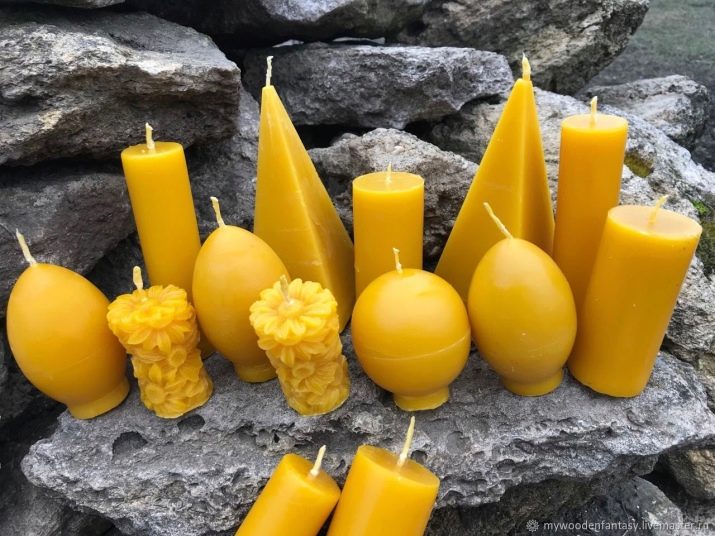
Palm
In the manufacture of this product, the essential oil has to be distilled. The initial raw material comes from the palm plantations of Indonesia and other countries.Both established agricultural techniques and organic farming techniques can be used there. But in any case, preference should be given to those who supply a safety-certified product. Most often, palm wax is obtained by cooling the oil and subjecting it to squeezing - this technique allows the separation of a substance with a high melting point.
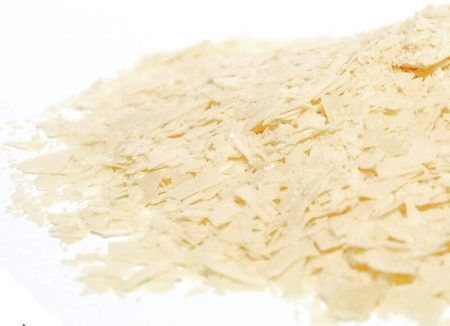
Complex wax of crystalline composition must be hydrogenated. From a technological point of view, this process is close to the production of margarine. However, there are inevitably differences that must be taken into account during production. The process goes without the use of hazardous substances. The feedstock is palm oil, a renewable resource. To obtain it, in contrast to growing soybeans, there is no need to use a large amount of manual labor.
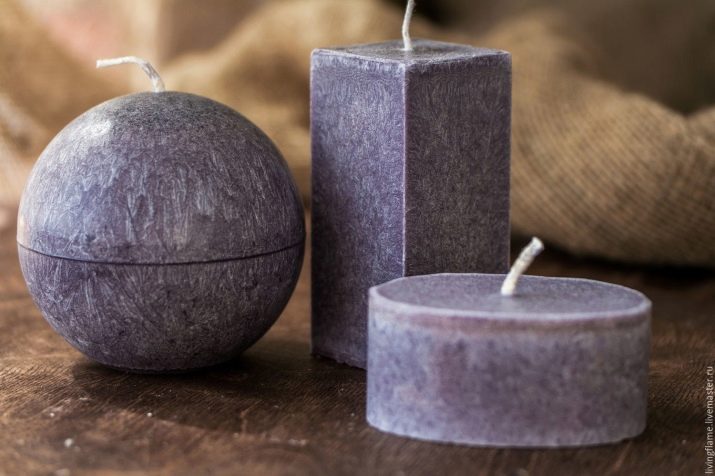
Many palm wax suppliers market the product in granular form. They are obtained by passing the molten substance through a granulating unit. This shape is not only beautiful in appearance, but also convenient for transportation.
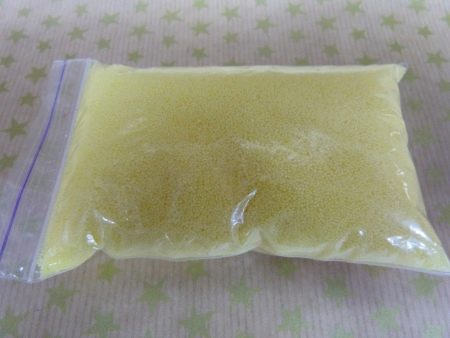
It should be noted that the raw materials are thoroughly disinfected beforehand in order to exclude any biological hazard. The final stage of preparation is the purification of palm oil from extraneous components, which guarantees its exact verified composition.
Palm wax can do its job very well... True, the same can be said about other types of products, but only of high quality. This product is characterized by clean (no smoking) burning. Moreover, palm wax can burn for a very long time. Judging by the reviews, the flame is even brighter than that of a paraffin candle.

There is no specific smell in a palm candle. The wax melts during combustion. Unique patterns are formed on the surface of the hearth. It should be borne in mind that such candles are fragile enough and must be carefully packed for transportation over long distances. A palm candle cannot leave a pattern on the silicone mold; during cooling, the visual effect of pigments is lost.
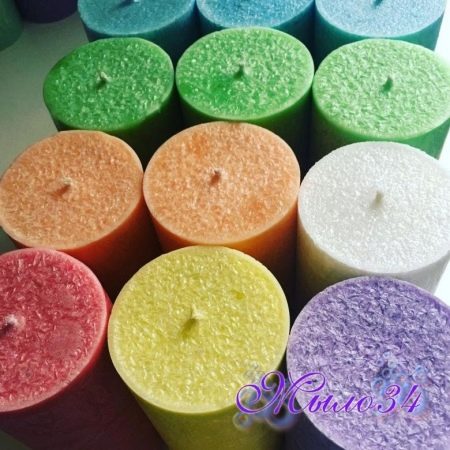
Coconut
Confusing it with palm is not very wise. Coconut wax melts just above room temperature, even on a hot day... It is produced by hydrogenating coconut oil. Additionally, the raw materials are refined to remove the smell of coconut. The melting point can be increased by adding other vegetable waxes.

Paraffin is not used in the production process... Coconut oil accounts for up to 80% of the product. The rest is other vegetable oils. Usually their exact formulation is not disclosed and is a trade secret protected by law. Coconut wax burns slowly, in an even mode, has a pleasant, well-spreading aroma.
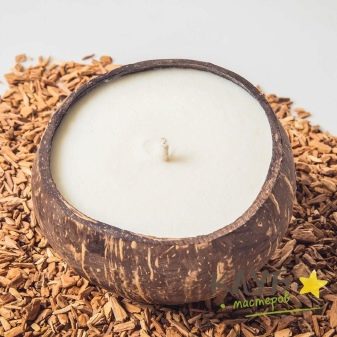
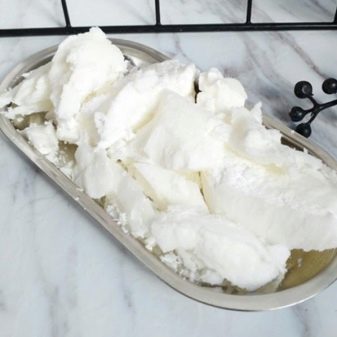
Soy
This type of wax is also a frequent guest in candle making. Obtaining candle wax from soybeans requires complex, long-term processing with special reagents. And the very cultivation of soybeans creates a serious burden on the environment. Therefore, it is hardly worth talking about the environmental friendliness of such a product seriously. But his practical merits are at the same level.

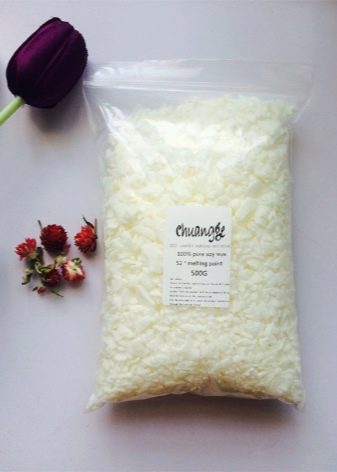
Soy candles are great for glasses... They will reliably adhere to the walls and will not come off from them. Therefore, from an aesthetic point of view, there are no problems. Soy candles with perfume additives are often sold by large suppliers, and the leading fashion houses of foreign countries are no exception. The use of soy wax is also possible for candlesticks sold separately from containers.
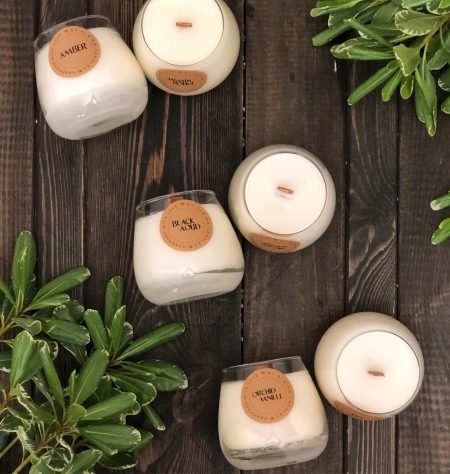
However, stable shape maintenance is possible only through the introduction of binder additives.
Stearin often plays this role. The combined substance allows the creation of a wide variety of decorative shapes. However, all the same, even the introduction of stearin is about the same as diluting elite alcohol with water (with its subsequent sale at the same price).And there are other additives that are much more dangerous than stearin.
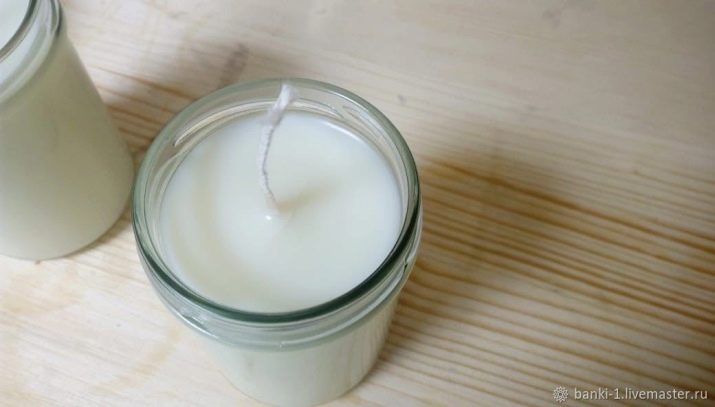
Therefore, buying soy candles of complex geometry should be done with caution. Dilution of the original natural product with dubious components is practiced both in large production facilities and in small workshops. Important: Genuine soy candles cannot be dyed even slightly. The smallest color change means the introduction of a large amount of harmful dyes.
In some cases, wax is found... This is the name of the non-thick sheets of wax, on which the bottoms of the honeycomb are drawn. On the basis of this material, good interior and souvenir candles are obtained. Some of them are painted in different colors. This solution can significantly improve the appearance.
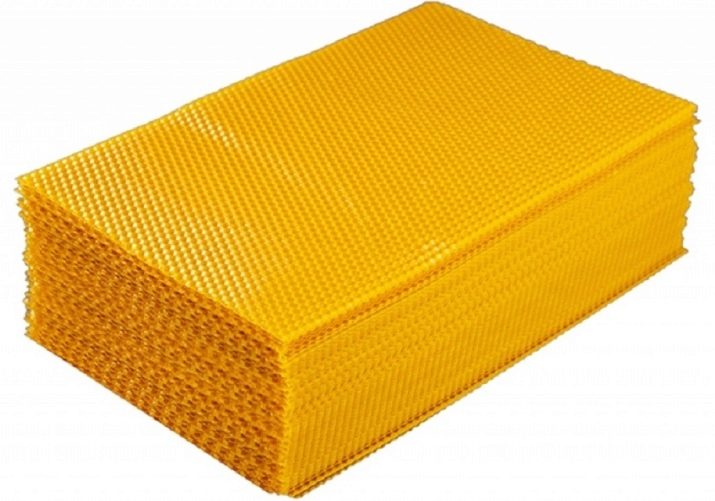
Artificial wax substitute
Candles are also made from paraffin. It is supplied in bulk, that is, in granules. Paraffin is produced from petroleum products. This substance successfully replaces natural wax in many ways. Usually, paraffin is not used in its pure form - it is combined with beeswax to reduce rigidity and increase plasticity. The mixing ratio, found empirically, is 4 to 1. What is important, this combination also corrects the natural high fluidity of beeswax, which creates a lot of inconvenience.
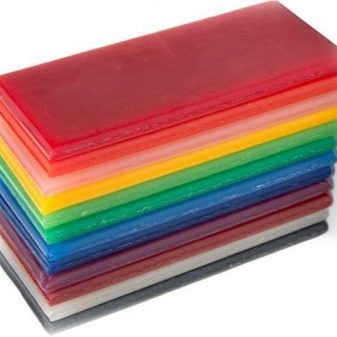

Refined paraffin wax is in great demand. It is a simple material that is easy to melt and mold. The paraffin itself is purified to a high degree. In some cases, paraffin is mixed with stearin. There is a mixture of wax and stearin.
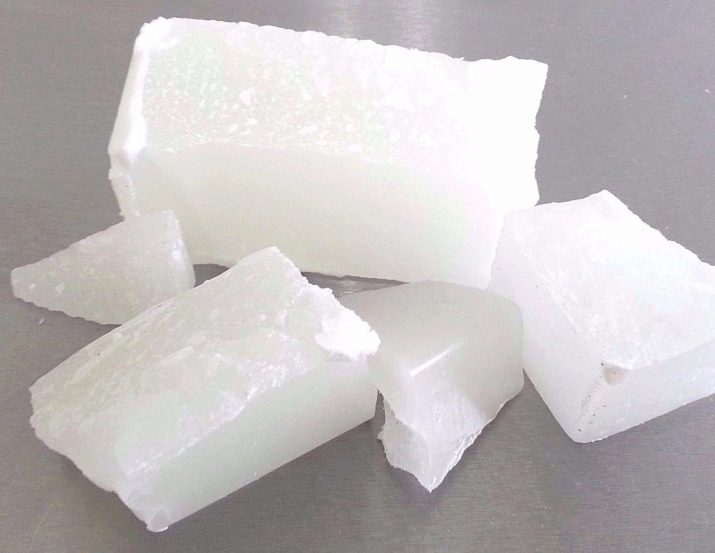
Which one is better to choose?
So, for shaped candles, a wide variety of wax (and replacing it) raw materials can be used. Beeswax has been around for a long time. Its main advantage is environmental and sanitary safety. Only allergies can become a problem. A pure bee product is extremely plastic and allows you to improve the geometry of the product at your discretion.
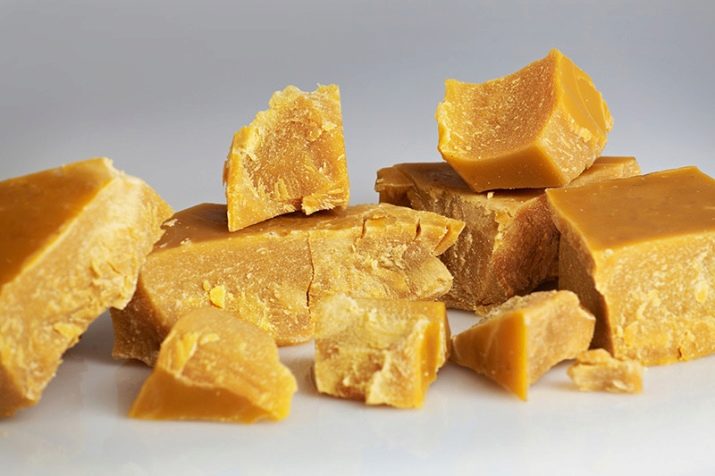
Soy wax is also safe and good for making candles. It must be chosen if long burning and the beauty of the flame are in the first place. Important: soy wax is divided into 2 formats - one allows you to make container candles, and the second is designed for column candles. The container version sticks to the surface and cannot be removed as a whole from the mold. The instructions will provide the necessary information.
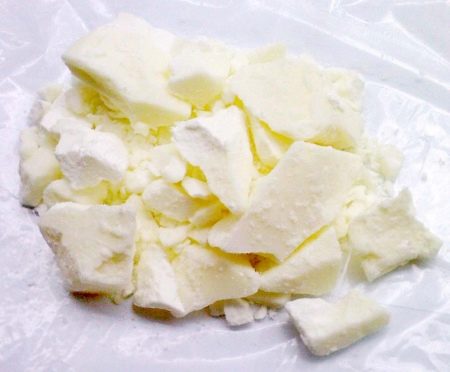
Palm wax is quite hard. Its surface looks like a winter window with frosty patterns. Candles made of this material look original and do not need additional decoration.
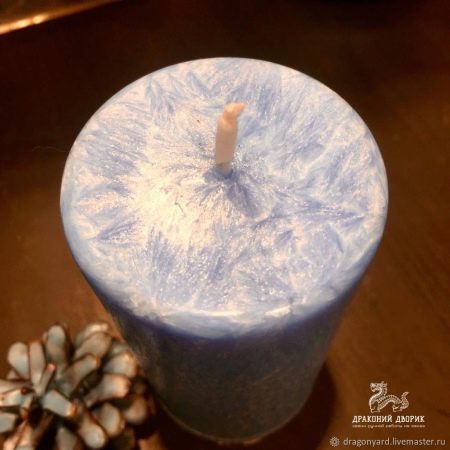
You can use paraffin only as a last resort. Natural waxes are much better and more practical.
